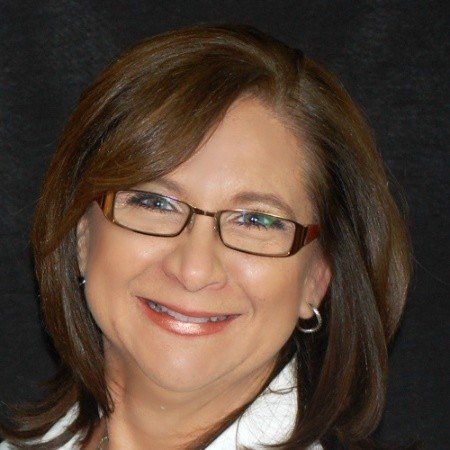Mortgaging into the Sunset

I feel like I am getting more calls these days from older clients who are finding that the increased cost of living is really affecting their month to month cash flow.
For people who have worked their entire lives to make sure their homes were paid off heading into retirement, finding out that their pension income isn’t enough to cover basic living expenses can be a real kick in the teeth.
I’m also getting calls from people who are down-sizing for retirement but don’t want to sink all of their equity into a new property because they want to have a decent contingency fund so they don’t find themselves scrambling for cash when they need it.
There are several options for clients that have a significant amount of equity in their homes, or have a sizeable down payment to buy a home.
One option is using a reverse mortgage to either free up cash flow or buy a new home. Many people I talk to aren’t aware that they can use a reverse mortgage to buy a home. Sometimes we can use a reverse mortgage to do both at the same time.
The last reverse mortgage I did was used to pull equity from the clients’ home to use as the down payment to purchase a rental property. This was a great strategy for these clients as they were looking to build generational wealth for their children while increasing their cash flow for retirement.
Another option I use regularly is a hybrid mortgage product. By this I mean a mortgage that has an amortizing portion and a home equity line of credit. These mortgages are offered by multiple lenders and can be a great solution for clients who are trying to set themselves up for retirement.
When working with clients who are starting to see retirement in the near-ish future I will go over these products. Experience has shown me that it is a lot easier to obtain credit when you don’t actually need it than once you are scrambling to find options.
Whether you are gearing up for retirement or if your mortgage is coming up for renewal, it may be a good time to look into options like the hybrid products. They may not be the right fit yet, but it is good to be aware of the options that are available to you.
If you are finding things tight with the increased living expenses we are all facing right now it might just be the right time to talk to your mortgage professional to see what your options are.






